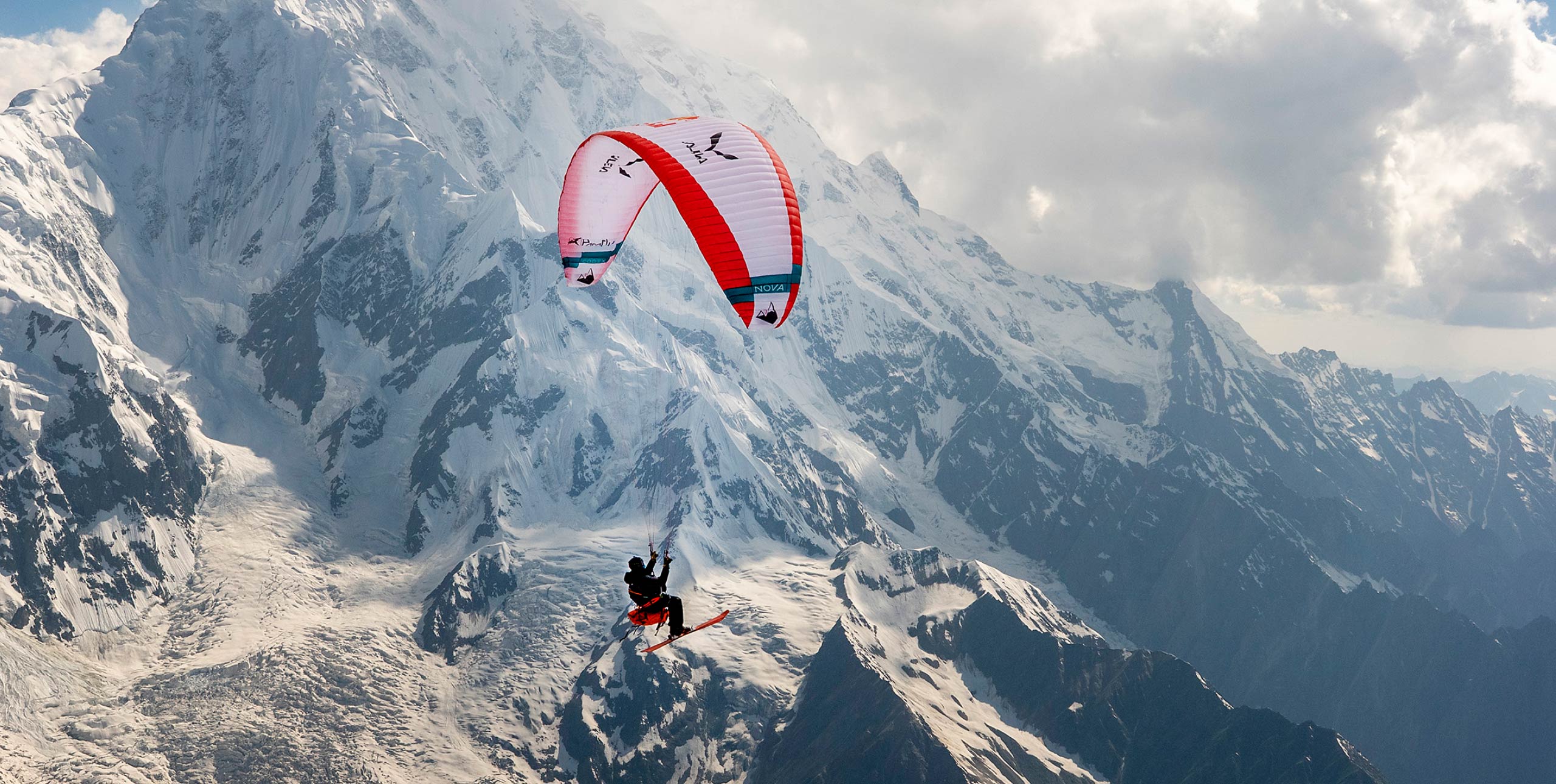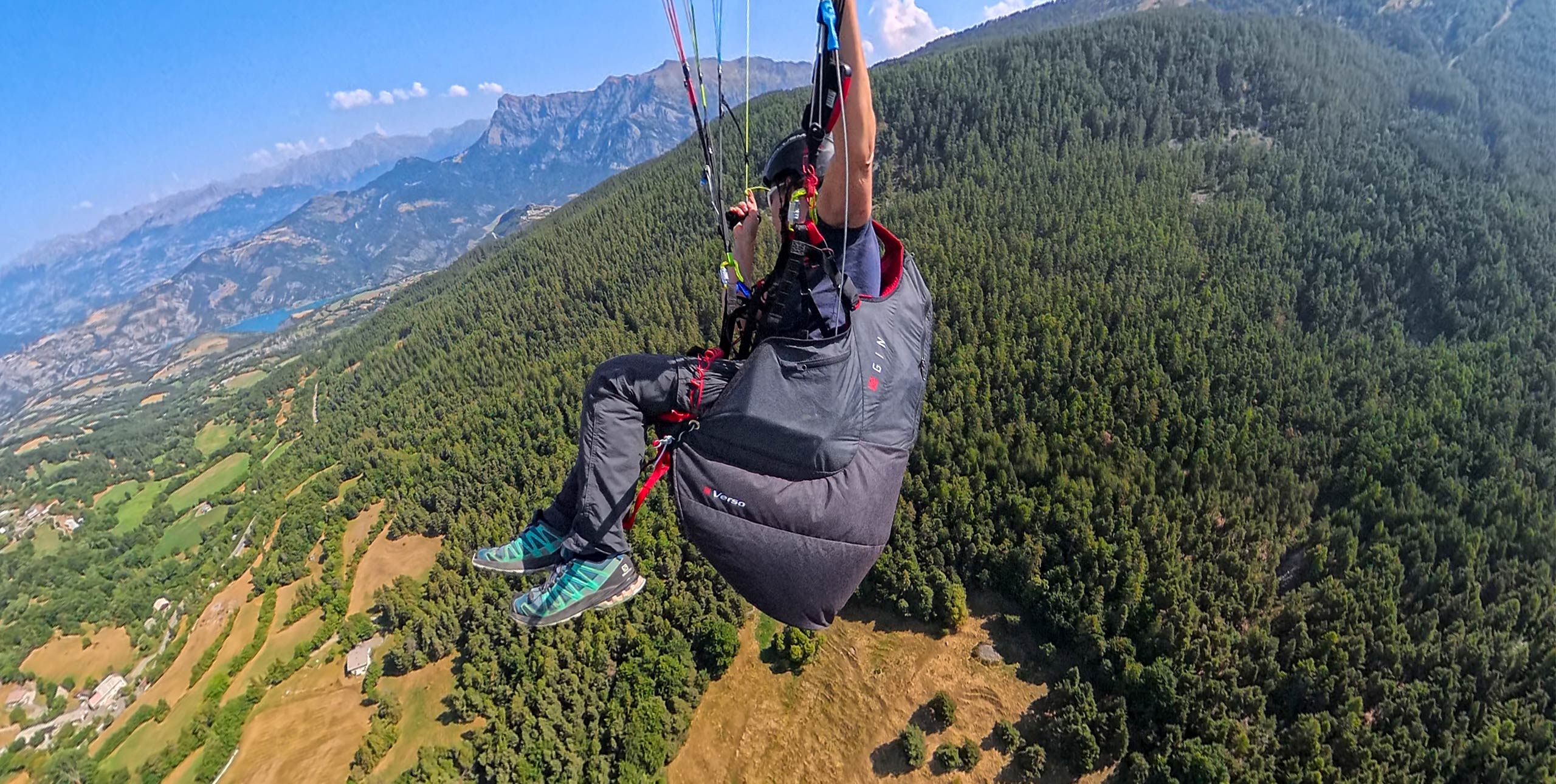After a few fatal incidents, a programme was initiated, in corporation with the Dutch paraglider association KNVvL, to produce objective data measured during steep paraglider spiral descends.
In the trial they recorded G-forces, pressure altitude, air speed, descent rate and physiological data during spiral descents. Afterwards it was to be determined if there is a relation between G-load and descent rate. The main conclusions of the report are:
During the runs a considerable level of G-loads, up to 3.2 G, is reached. These G-loads were reached with a relatively mild spiral descent of 12 [m/s] where the LTF specifications mention a descent rate of 14m/s for their certification tests. It may be assumed that much higher G-load values can be reached.
With the levels of G-load reached during the experiment, you can’t deny the risk of G-LOC (G-force induced Loss Of Consciousness). For a normal, healthy, person G-LOC tends to occur at a load around +4.5Gz but can occur anywhere between 2 and 6.5Gz. When the condition of the pilot deteriorates due to fatigue, use of alcohol in the last 24 hours, dehydration or a low nutrition level (typical paraglider circumstances), the resistence level for G-loads will decrease rapidly. This means that the resistance level for individual persons may be well below the G-load levels reachable in a spiral descent. It may be assumed that the recent fatal incidents during a spiral descent were caused by G-LOC.
The G-LOC phenomenon is also explained in the report.
You can download the full report from:
http://www.xs4all.nl/~blokjes0/G-load_report.pdf
http://www.xs4all.nl/~blokjes0/G-load_report_presentation.ppt











